Wind and Sail Powered Concept Ships Advancing Shipping Decarbonization
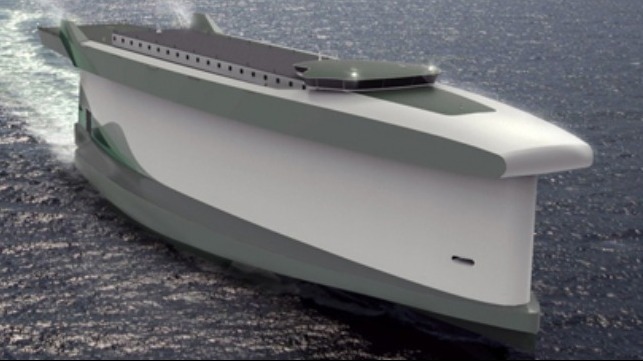
A growing number of projects focusing on harnessing wind power are emerging as the shipping industry looks to its origins for the solution to lower emissions and achieve sustainability.
Demonstrating the growing interest in the sector marine technology provider Høglund Marine Solutions has taken a two-thirds stake in Vindskip AS, a company developing a wind and LNG-powered vessel concept. Last month, Wallenius Marine introduced it design for wind-powered vessel car carrier and now is joining the International Windship Association while industrial manufacturer Manitou Group signed an agreement to ship its equipment to the United States on the wind powered vessels being developed by Neoline.
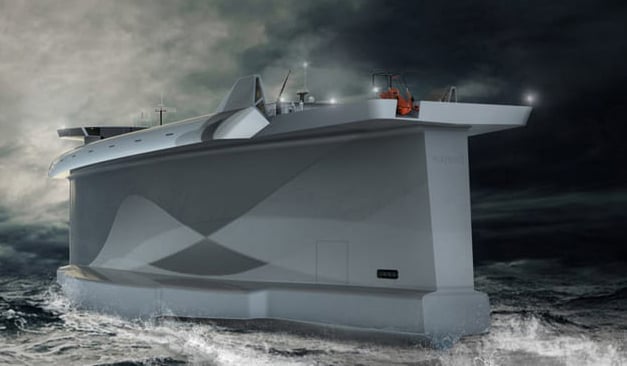
Vindskip concept ship - courtesy of Vindskip
By investing in Vindskip, Høglund goal is to bring its experience and expertise from providing LNG and automation solutions to the project. Working with STADT, a propulsion technology provider focused on electric propulsion drive technology, Høglund will supply LNG fuel system, power management and automation technology. Vindskip (which translates to wind ship in English) is a vessel design project for a car/truck carrier that combines wind and gas power to achieve the lowest possible emissions in its market segment.
The Vindskip design uses the shape of the hull to act like a sail, harnessing the wind to generate traction and provide auxiliary propulsion, while also reducing aerodynamic drag by up to 75 percent compared to a traditional vessel design. The vessel will incorporate a weather routing module that will calculate and recommend the most appropriate route for the vessel to take to harness the full potential of available wind conditions, optimizing for fuel economy while meeting the planned schedule.
As well as using wind, the vessel concept will also be powered by a flexible hybrid electric-LNG propulsion system, which could use bio gas (LBG) to further reduce GHG emissions. Dynamic engine management, which Høglund will develop and supply, will optimize engine output to minimize excess fuel burn according to wind conditions and maintain constant speed. It is estimated that the Vindskip design will emit 63 percent less CO2 and 96 percent less NOx than similar capacity car-carrying vessels currently in service.
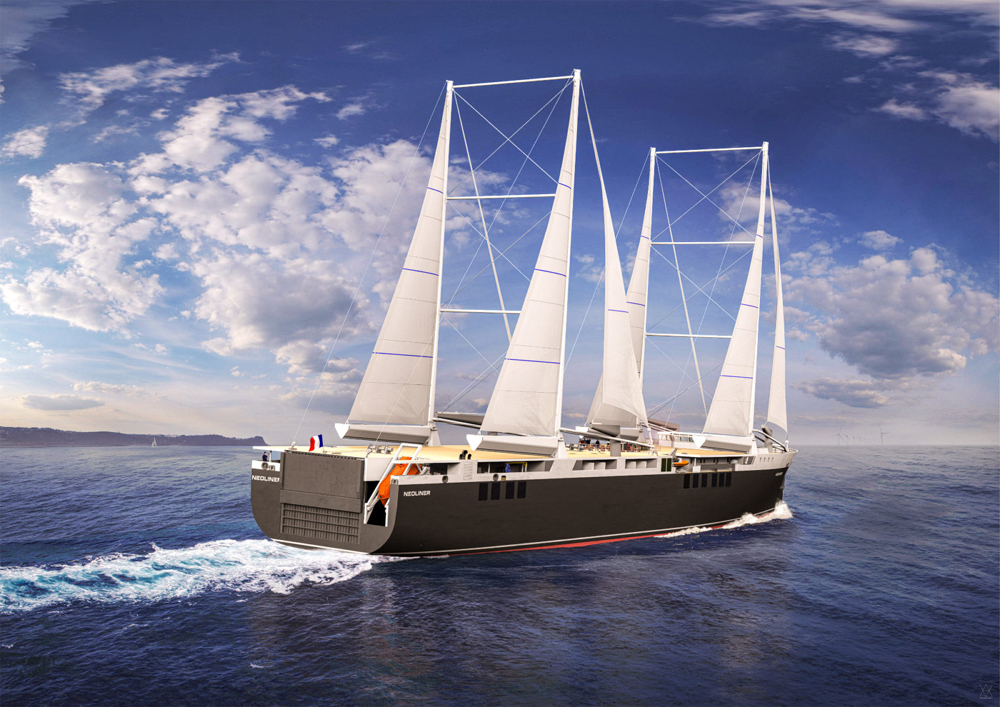
Neoline's sail cargo ship - courtesy Neoline
At the same time, Neoline is moving forward with its project for a prototype sailing cargo ship. They say that construction will begin in the coming months on the first of the ships, a 136 meter long (446 foot) cargo ship which will have 4,200m2 of sail surface. Neoline plans to put the ship in service between St-Nazaire, France, Baltimore, Maryland, and Halifax, and St-Pierre & Miquelon in Canada. They plan to offer departures every two weeks once a second vessel is completed.
Support the Neoline project, the Manitou Group which manufactures aerial work platforms and telehandlers has committed to shipping its products to the U.S. aboard the vessel. Manitou ships more than 1,000 pieces of equipment to the U.S. each year. Under the agreement they will have a load capacity of 40 machines per trip on the sailing cargo ship. According to Neoline this navigation solution will make it possible to reduce up to 90 percent of CO2 emissions when compared with a traditional cargo ship making an equivalent trip.
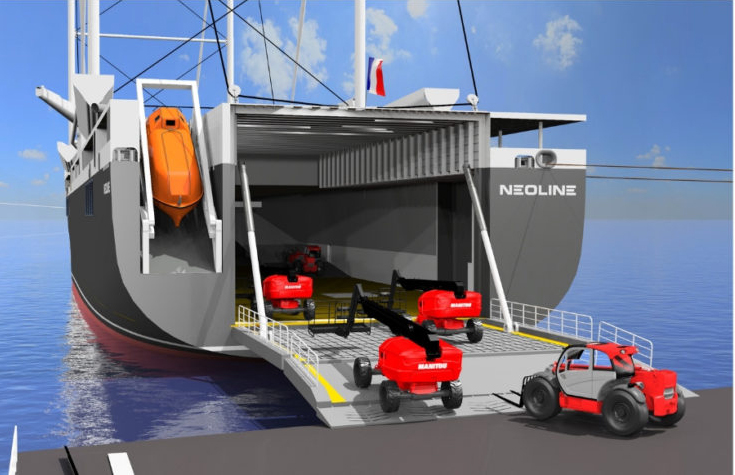
Loading Manitou equipment for shippen - courtesy Neoline
The Oceanbird concept previewed last month by Wallenius is a 200 meter long (656 foot), 32,000 ton car carrier able to carry 7,000 vehicles. It uses retractable 80 meter (262 foot) high sail wings while at sea to produce speeds up to 10 knots. It would have auxiliary engines for navigation in ports. Wallenius believes on favorable routes the Oceanbird will reduce emissions by up to 90 percent.
To aid in the development of the project, Wallenius Marine is joining the International Windship Association (IWSA). The not-for-profit organization brings together over 130 members from across the industry to promote and help facilitate the uptake of wind propulsion for commercial shipping.
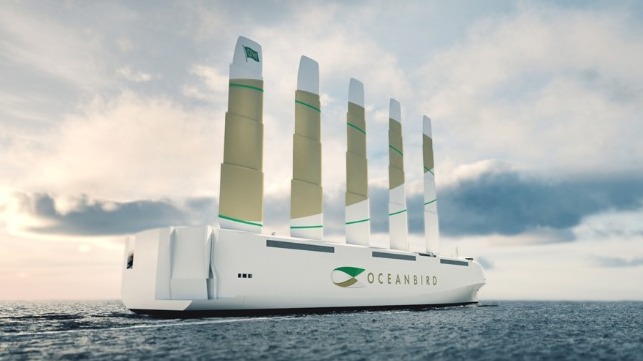

that matters most
Get the latest maritime news delivered to your inbox daily.
Wallenius's Oceanbird car carrier - courtesy Wallenius
With these and other wind-powered projects making progress, it seems likely that sail powered vessels will be emerging as a solution to aid the shipping industry in achieving its goals for decarbonization.
